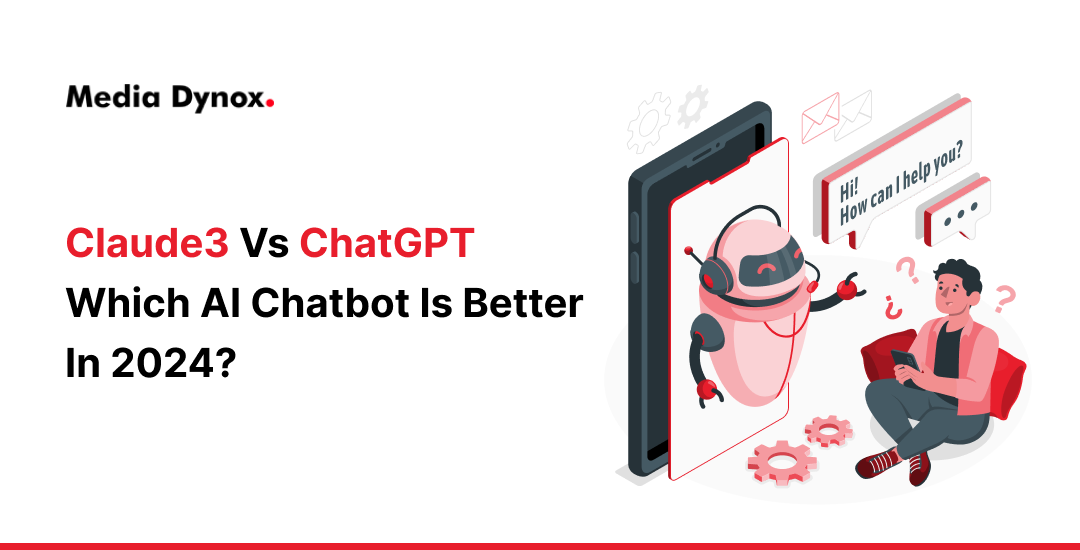
In the fast-evolving AI world and natural language processing, meet Claude 3 and ChatGPT prominent models. However, these models have garnered attention for their ability to generate content like human text. When it comes to the best Digital marketing company in Gurgaon, It is important to understand the contrast between AI tools. It will help you to make an informed decision.
Claude3 is an advanced digital marketing instrument that has been tailor-made to aid marketing processes through its automatic & data-driven operations. However, it includes sophisticated targeting with intelligent campaign optimization among others. But also has stuff like that; while ChatGPT is built on OpenAI technology. They show their significant advancements in artificial intelligence with unique features that stand out in the crowd. This guide will help you understand the difference between Claude3 and ChatGPT. Additionally, they play an important role in their respective strength, limitations, and potential applications.
Claude and ChatGPT are two distinct methods for natural language processing and text generation through artificial intelligence. Despite their shared objective to generate texts that are like those produced by humans, they use different models/methods for training. Additionally, they have unlike architectures or specialization areas. Knowledge of these distinctions is necessary when choosing between models. So that one can exploit all capabilities of AI within writing content such as sentence communications.